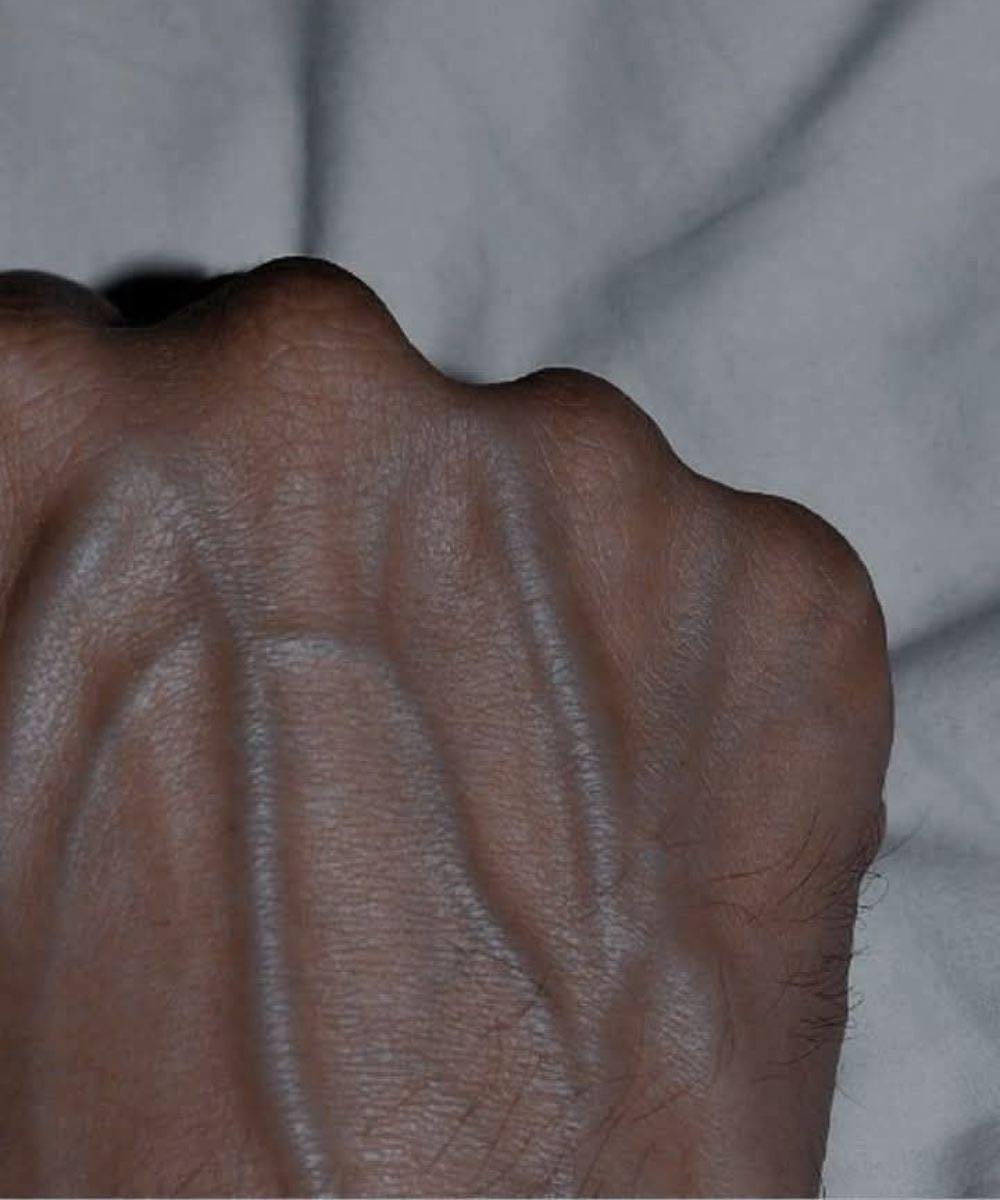Visible veins on the hands, arms, or legs are often dismissed as a natural result of aging, a sign of low body fat, or even the effect of regular exercise. But while they’re usually harmless, a sudden change in vein appearance could be your body trying to warn you of a deeper medical issue. Here are five health conditions that can cause veins to become more prominent—and why it’s important not to ignore them.
1. Chronic Venous Insufficiency (CVI)
Chronic Venous Insufficiency occurs when the valves within your veins weaken or fail. These valves normally keep blood moving toward the heart, but when they don’t function properly, blood begins to pool in the lower limbs. This pressure causes the veins to swell, twist, and become visibly rope-like.
Common symptoms include swelling, aching or heavy legs, skin discoloration, and, in severe cases, ulcers around the ankles. CVI is especially common in people who spend long hours sitting or standing, and without treatment, it can lead to painful complications such as open sores or blood clots.
2. Varicose Veins
Varicose veins are a widespread vascular issue, often considered cosmetic, but they can be a sign of deeper venous dysfunction. These veins are usually dark blue or purple, bulging, and twisted just beneath the skin, commonly appearing in the legs but sometimes in the arms as well.
They may be accompanied by burning, itching, throbbing sensations, muscle cramps, or a feeling of heaviness in the affected area. Risk factors include family history, pregnancy, being overweight, and long periods of standing. While not always dangerous, untreated varicose veins can worsen over time.
3. Deep Vein Thrombosis (DVT)
DVT is a serious and potentially life-threatening condition where a blood clot forms in a deep vein, often in the thigh or lower leg. Although these clots may be hidden beneath the surface, they can block blood flow, leading to prominent or swollen veins and triggering severe symptoms.
Watch for warning signs such as sudden swelling in one leg, unexplained leg pain or tenderness (especially in the calf), red or warm skin, and vein bulging. DVT must be treated immediately, as clots can travel to the lungs and cause a fatal pulmonary embolism.
4. Congestive Heart Failure (CHF)
CHF happens when the heart is no longer able to pump blood efficiently, leading to a backup in the veins and causing noticeable swelling. This can manifest as bulging veins in the neck, hands, or lower limbs.
Other symptoms of CHF include shortness of breath, persistent fatigue, and swelling in the legs and ankles. Visible veins in combination with these symptoms should be taken seriously, as CHF is a chronic condition requiring long-term care and management.
5. Peripheral Vascular Disease (PVD)
PVD refers to the narrowing or blockage of blood vessels outside the heart and brain, primarily in the limbs. While it mostly affects arteries, impaired blood flow can alter venous pressure, making veins more prominent as the body attempts to reroute circulation.
Signs may include leg pain during walking (claudication), numbness, coldness in the extremities, skin color changes, or slow-healing wounds. PVD is often linked to atherosclerosis and increases the risk of heart attacks and strokes.
When Should You Be Concerned?
Visible veins aren’t always cause for alarm, especially if they’ve developed gradually. But sudden or dramatic changes should not be ignored. Seek medical attention if you notice:
- One limb appearing significantly more veiny than the other
- Painful, throbbing, or tender veins
- Skin changes such as discoloration, warmth, or ulcers that don’t heal
Why Early Detection Matters
Catching vascular issues early can prevent severe complications down the line. Your veins are more than just blood vessels—they’re messengers. If your body is sending signs through bulging veins, swelling, or pain, listen carefully. A timely visit to a healthcare provider could save you from far more serious consequences.
Final Thoughts
Your veins are silent storytellers of your internal health. Whether they’re becoming more visible due to age, lifestyle, or something more serious, staying informed and proactive is key. Don’t ignore what your body is showing you. When in doubt, check it out—because taking action early is always better than regretting it later.
